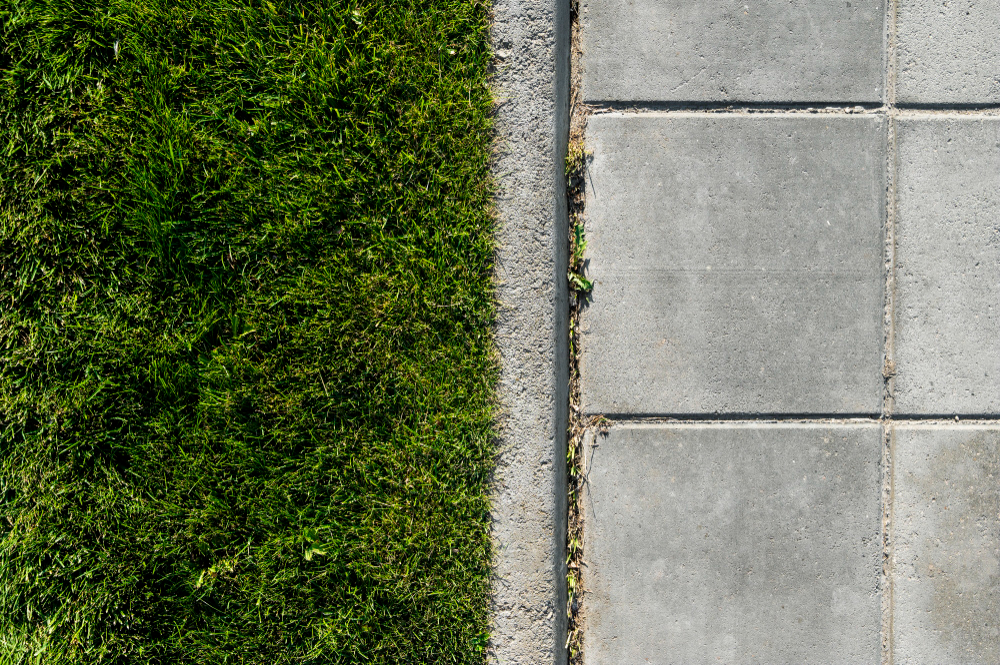How Does Artificial Turf Installation Perform in Extreme Weather Conditions?

Strong 8k brings an ultra-HD IPTV experience to your living room and your pocket.
Artificial turf has become an increasingly popular alternative to natural grass, offering a visually appealing, low-maintenance option for residential, commercial, and recreational spaces. While it offers numerous advantages, one critical factor to consider is how artificial turf performs under extreme weather conditions. Understanding how synthetic grass reacts to various environmental factors such as heatwaves, heavy rainfall, freezing temperatures, and strong winds is essential to determine its long-term effectiveness and resilience.
Understanding Artificial Turf's Resistance to Intense Heat and Sun Exposure
Artificial turf is specifically designed to endure high temperatures and prolonged sun exposure without significant deterioration. Unlike natural grass, which can wilt, brown, or die under scorching conditions, synthetic grass retains its vibrant green color even during the hottest months. This durability is largely due to the materials used in its construction. Most artificial turf products are made from polyethylene, polypropylene, or nylon fibers, all of which are engineered to resist UV radiation and heat damage.
However, it is important to note that while artificial turf will not discolor or fade under the sun, the surface can become considerably warmer than natural grass. On particularly hot days, the turf may absorb and retain heat, making it uncomfortable to walk on barefoot. This issue is often mitigated through the use of infill materials that help distribute heat more evenly and reflective coatings that minimize heat absorption. Additionally, watering the turf briefly during peak heat can cool it down, though this is usually unnecessary unless immediate use is required.
Extreme heat does not affect the structural integrity of artificial turf, ensuring that it remains flat and smooth without warping or buckling. This makes it an ideal solution for areas prone to prolonged heatwaves, where natural grass would struggle to survive.
Performance of Artificial Turf in Heavy Rainfall and Flooding Scenarios
One of the most notable advantages of artificial turf is its superior drainage capabilities, which allow it to perform exceptionally well in regions that experience heavy rainfall or occasional flooding. Natural grass can become waterlogged, leading to muddy patches and uneven ground, but synthetic turf is designed to prevent such issues. The backing of artificial turf is perforated with drainage holes that facilitate rapid water runoff, allowing rain to flow through the turf into the ground beneath.
Proper installation plays a critical role in ensuring effective drainage. A well-prepared sub-base, often composed of crushed stone or gravel, promotes water movement and prevents pooling on the surface. When installed correctly, artificial turf can handle even the heaviest downpours without becoming saturated or slippery, providing a safe and stable surface for outdoor activities.
In flood-prone areas, artificial turf has the added benefit of reducing soil erosion. Since it eliminates the need for soil exposure and root systems, it prevents the displacement of earth and the formation of mud. This makes artificial turf a resilient choice for regions where natural grass would otherwise deteriorate under excessive moisture. For example, artificial turf installation in Houston has proven effective in managing heavy rainfalls, ensuring that both residential lawns and sports fields remain functional and visually appealing despite challenging weather conditions.
Effectiveness of Artificial Turf in Freezing Temperatures and Snow Accumulation
Artificial turf is equally adept at handling freezing temperatures and snow, making it a versatile option for colder climates. Unlike natural grass, which can become brittle and damaged during frost, synthetic turf retains its flexibility and structural integrity. The materials used in artificial turf are resistant to cracking and tearing, even when subjected to prolonged exposure to sub-zero temperatures.
One of the primary concerns with natural grass during winter is its dormancy, which causes it to turn brown and lifeless. In contrast, artificial turf maintains its lush green appearance year-round, regardless of the season. This consistent aesthetic appeal is particularly beneficial for homeowners and businesses looking to maintain curb appeal during the colder months.
Snow and ice do not pose a significant threat to artificial turf, although it is advisable to remove heavy snow accumulation to prevent compacting the fibers. This can be done using plastic shovels or snow blowers, as metal tools may damage the surface. Unlike natural grass, which can become muddy and slippery when snow melts, artificial turf's drainage system ensures that melting snow is quickly absorbed into the ground, reducing the risk of ice formation and creating a safer surface for walking and playing.
How Strong Winds and Storms Impact the Durability of Artificial Turf
High winds and storms can wreak havoc on natural landscapes, but artificial turf is designed to withstand such challenges with minimal impact. Proper installation techniques are key to ensuring that synthetic grass remains securely in place, even under extreme wind conditions. During installation, the turf is typically anchored with heavy-duty stakes or adhesives that prevent it from shifting or lifting, while the infill adds weight to stabilize the surface further.
In areas prone to severe storms, additional measures can be taken to reinforce artificial turf installations. Edging systems made from durable materials like metal or concrete can help anchor the turf perimeter, reducing the likelihood of wind-related displacement. Unlike natural grass, which can be uprooted or flattened by strong gusts, artificial turf remains firmly in place and quickly returns to its original form once the weather subsides.
Debris from storms, such as branches or leaves, can be easily cleared from artificial turf without causing lasting damage. The robust synthetic fibers resist tearing and fraying, ensuring that the turf continues to look well-maintained even after harsh weather events. This resilience makes artificial turf an excellent choice for regions where unpredictable weather patterns can otherwise compromise the appearance and usability of natural grass surfaces.
Conclusion: A Reliable Solution for All Weather Conditions
Artificial turf has proven itself to be a durable and versatile solution capable of withstanding extreme weather conditions, from intense heat and heavy rain to freezing temperatures and strong winds. Its ability to maintain a consistent appearance and performance under diverse environmental stressors makes it an appealing choice for homeowners, businesses, and recreational facilities alike.
Whether facing scorching summers or torrential downpours, artificial turf delivers reliable results with minimal maintenance requirements. Its superior drainage, resistance to UV damage, and structural integrity in cold climates make it a long-term investment for those seeking a low-maintenance, aesthetically pleasing landscape.
For those considering a transition to artificial turf, professional installation is key to maximizing its performance in extreme weather. Companies like Houston Landscape offer expert services to ensure that your artificial turf is installed correctly, providing lasting beauty and functionality regardless of the environmental challenges it may face.
Note: IndiBlogHub features both user-submitted and editorial content. We do not verify third-party contributions. Read our Disclaimer and Privacy Policyfor details.


